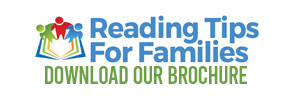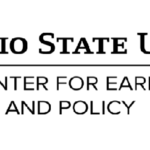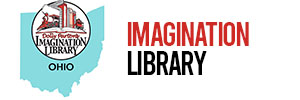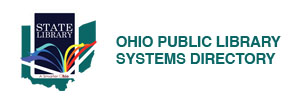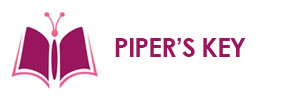Special places organized in the classroom for students to work in small groups or pairs, either cooperatively or individually. Students work in centers while the teacher is conducting small group reading instruction. Each center contains meaningful, purposeful activities that are an extension and reinforcement of what has already been taught by the teacher in reading groups or in a large group. Reading centers offer students the opportunity to stay academically engaged as they apply the skills they have been learning. They are an excellent way for teachers to determine whether or not students know what they have been taught. It is important to develop a system and organize your classroom in such a way that you can provide feedback to students in a timely manner. Waiting until the end of the week to look at what students have worked on all week is not a productive use of instructional time, as students may have been practicing errors all week. Examples of Reading Centers Students practice phonics skills at the phonics center, sort word cards at the vocabulary center, and at the reading center, they read books, listen to taped books, record the reading of a book, and read in pairs. The reading center would contain a variety of books at various reading levels to meet the needs of all students. Other centers may consist of writing and spelling activities, pocket charts, white boards, magnetic letters to practice word building, sentence strips and word cards to create stories, sequencing activities with pictures, story boards, or sentence strips to retell a story that has been read. Some centers may be permanent; others will change according to the skills, books, and activities being currently addressed. It is recommended that teachers not bring in material from other content areas unless the activity from science or math, for example, specifically focuses on a skill that is being addressed in reading instruction. Reading centers require careful planning.
« Back to Glossary Index

